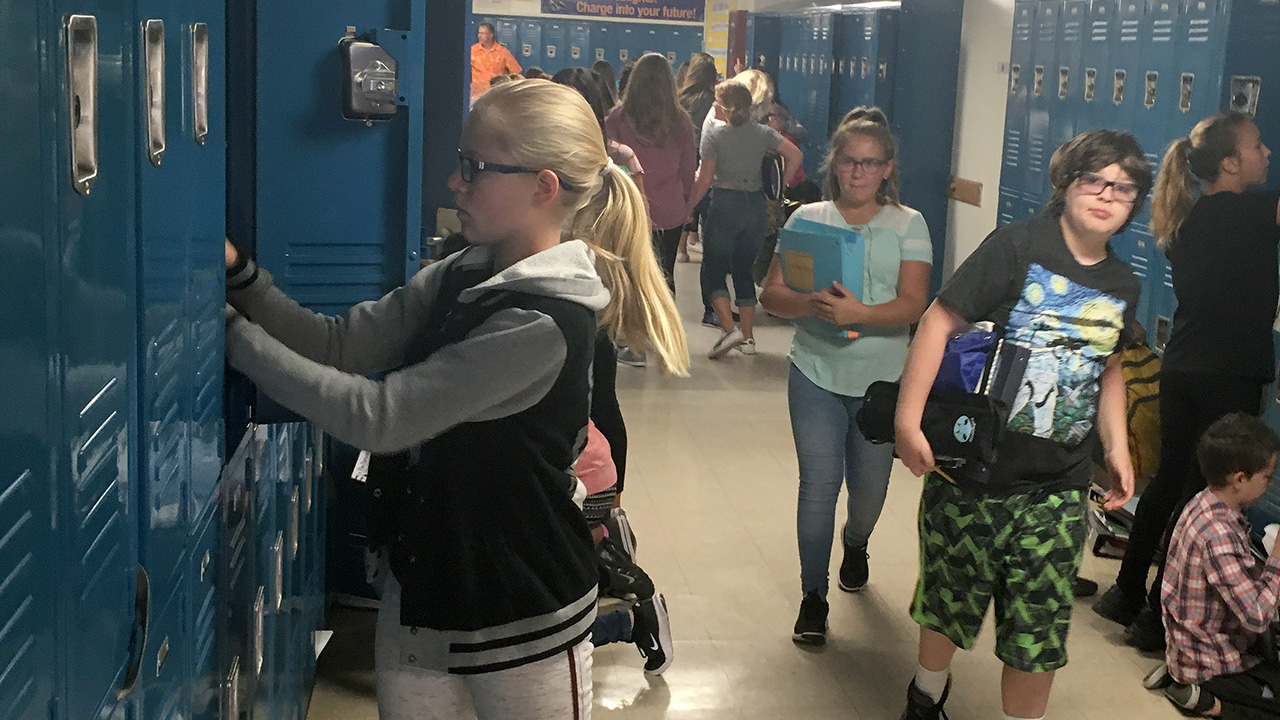We are here with a logic question that will challenge you. Can you solve this question called the locker problem? Come on, it’s a chance for you to test yourself.
Are you confident in solving logic questions? Today you your numerical skills We’re going to ask you a question that will require you to use it. Would you like to test yourself on this question, which may seem intimidating to many because it seems so complicated?
We will not make inferences that only 1 percent of people can solve this question. Because we do not have such data. But if you answer this question correctly you are extremely good at math we can say. So let’s move on to our question.
There are 100 students in total in a school and there are 100 lockers in the hallway, one for each student. The principal of the school, on the other hand, checks whether these 100 lockers are closed every evening and leaves the school from now on.
Who knows that the manager checks the lockers every evening? 100 students want to prank their principal one day. All students line up in front of the lockers. The first student opens all the lockers in turn. After that, the student in the second row starts from the second locker and closes all the even numbered lockers. The student in the third row opens all the cabinets that are multiples of three, starting from the third cabinet.
The student in the fourth row does the same and closes all the cabinets that are a multiple of four, starting with the fourth cabinet. This on and off process is done by all students. are performed sequentially. With this system, 100 students open or close lockers.
So let’s come to our question. Which lockers will the principal find open when checking the lockers before leaving school in the evening?
Let’s take some time before we get to the answer.
Want to see the answer with the happiness of knowing what’s coming? Let’s answer then:
The answer to this question may sound very complicated, but actually It can be solved with a simple logic. For this, first of all, it is necessary to determine which students will open and close the locker mathematically. For example, let’s take a closer look at cabinet number 24. The first student opened this locker, and the second student closed it. While the third student opened this locker, the fourth student closed it again. The fifth student did not touch the locker.
You’ve seen the way we handle a closet. Accordingly, the fact that the cabinets are open or closed pertaining to the factors of numbers We can say it is. Locker 24 in this example has been replaced by students in rows 1, 2, 3, 4, 6, 8, 12, and 24.
We have understood these, but how do we find out which locker is open from here?
This is where the magic of mathematics comes into play. We know that locker #1 will always stay open. Other students have their own sequence numbers. they opened or closed cabinets with their floors.
According to this account, cabinet number 2 will be closed. Because it has an even numbered multiplier. While 1 opened this cabinet, 2 closed it. Locker 3 also has two multipliers and must also be closed. However, when we come to the cabinet number 4, a number with a total of 3 multipliers, 1, 2 and 4, welcomes us. odd number We see that the multiplier of 4 will remain open.
Did you understand the subject better? Cabinets with an even number of multipliers are closed, Lockers with odd number of multipliers will remain open. In other words, when we find the cabinets with odd numbered multipliers, the answer to the question will be revealed.
Which cabinet numbers can have an odd multiplier?

For the factor of a number to be an odd number The two factors must be equal to each other. to these numbersperfect square numbers“. This is also true for the number of multipliers of these numbers because the number of multipliers is odd. As a result, the number of the cabinets that remain open is “1, 4, 9, 16, 25, 36, 49, 64, 81 and 100”.
